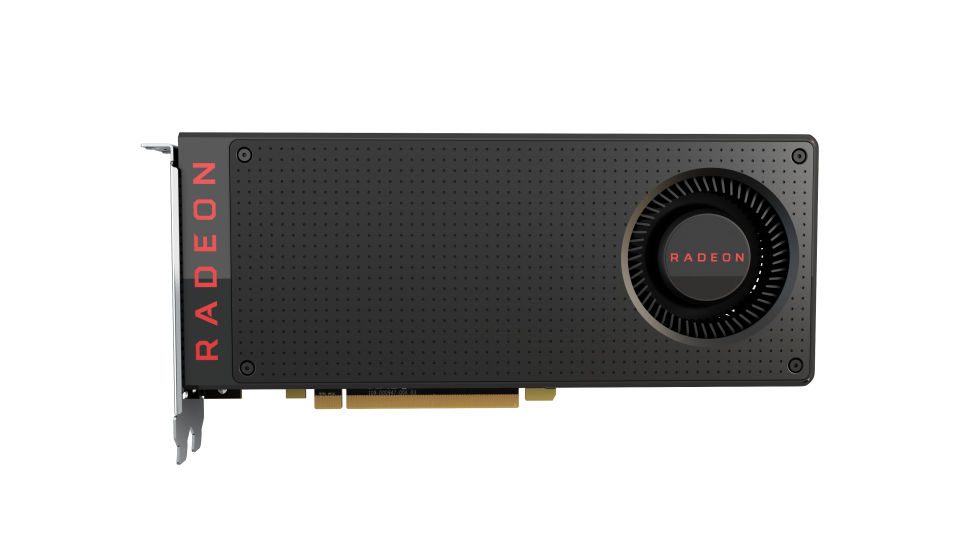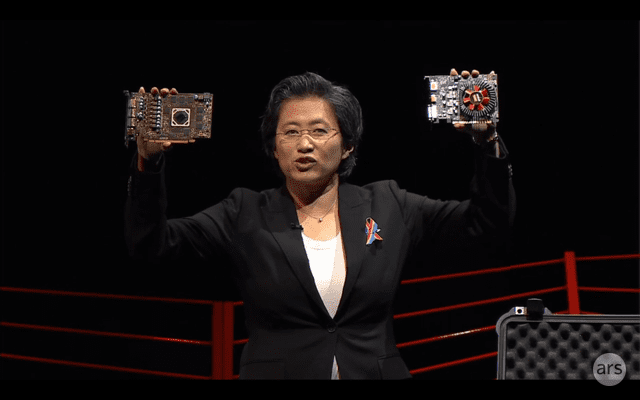- 1,937

- Adelaide
First Polaris card revealed:
SourceAMD's first Polaris-based graphics card is here: the Radeon RX 480. Rather than launch a high-end card to compete with the likes of Nvidia's GTX 1080 or 1070, AMD's RX 480 is pitched at the wider mainstream market, offering just over five teraflops of performance for a mere $199—about half the price of a GTX 1070. UK pricing is currently TBC, but it'll probably be about £160. The RX 480 will be available to buy on June 29.
Details on the Polaris architecture—which is based on AMD's forth generation GCN architecture and a new 14nm FinFET manufacturing process—were thin on the ground during the RX 480's reveal at Computex 2016 in Taiwan, but the company did divulge a few key specs. The RX 480 will feature 36 compute units (CUs)—that's eight more than the R9 380, and just shy of the 40 of the R9 390—along with some fast GDDR5 memory attached to a 256-bit memory bus for 256GB/s of bandwidth.
The RX 480 will come in both 4GB and 8GB configurations (the former being the £160/$200 model), and will support AMD FreeSync and HDR video via its DisplayPort 1.3/1.4 and HDMI 2.0b outputs. Best of all, it has an average power draw of just 150W, which should make it cooler and quieter than AMD's previous-generation graphics cards.
When it comes to the matter of performance, AMD isn't quite ready to give up exact numbers. Instead the company says the RX 480's "VR capability" compares to that of £400/$500 GPUs. Indeed, VR is a key part of AMD's pitch for card, with the company hoping to "jumpstart the growth of the addressable market for PC VR" and "accelerate the rate at which VR headsets drop in price" across both desktops and laptops.

Reference RX 480
Zen sneak peek
Last edited:



